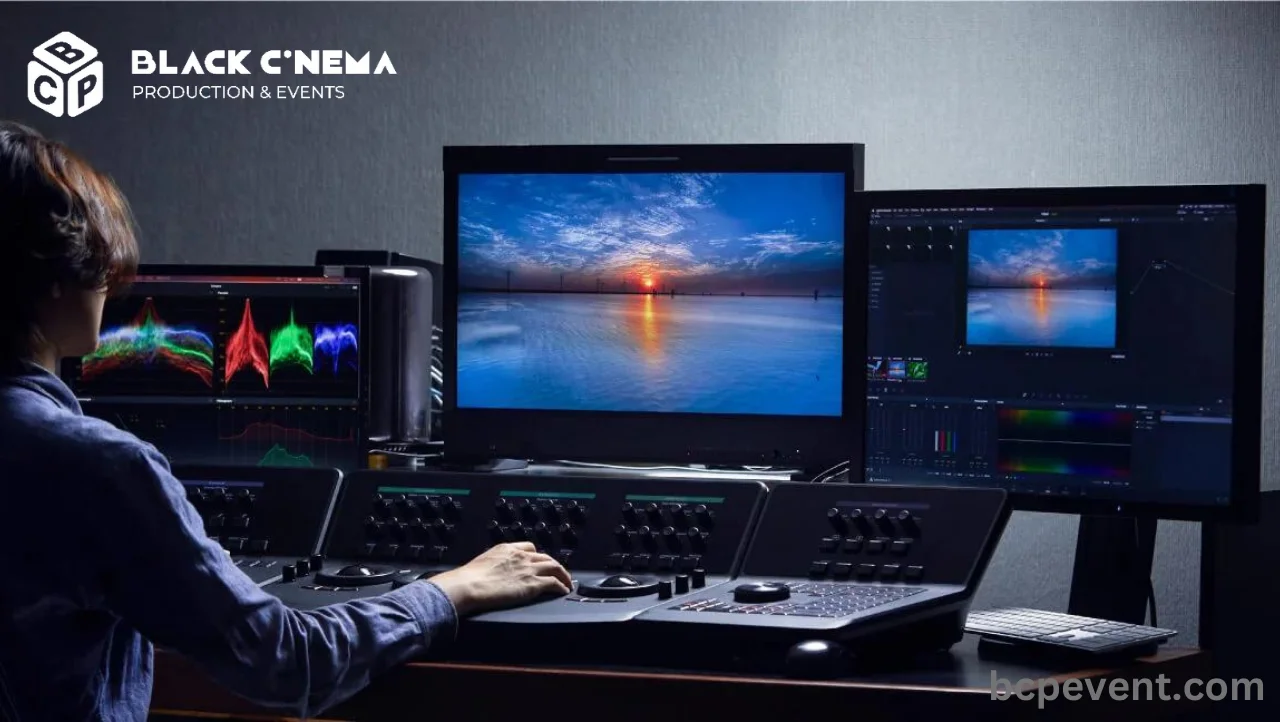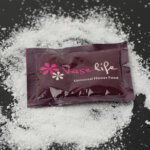
Effectively Use Color Grading to Enhance Visual Appeal of my Videography. Best Guide to Videography. Effective Videography ideas
Color grading is a powerful tool in videography that allows you to enhance the visual appeal of your videos, evoke emotions, and establish a specific mood or atmosphere. Here are some effective techniques for using color grading to enhance your videos:
Understand the Story and Emotion: Before diving into color grading, it’s important to understand the story and emotion you want to convey through your video. Different color palettes and tones evoke different feelings. For example, warm tones like oranges and yellows can create a sense of warmth and nostalgia, while cool tones like blues and greens can evoke a calm or melancholic mood. Consider the narrative and desired emotional impact to guide your color grading choices.
Shoot in RAW: Shooting in RAW format provides more flexibility during the color grading process. RAW files contain more color information and dynamic range, allowing you to make adjustments without sacrificing image quality. This gives you greater control over exposure, white balance, and color grading in post-production.
Adjust Contrast and Exposure in Videography
Start by adjusting the overall contrast and exposure of your footage. This ensures a balanced foundation for color grading. Use curves, levels, or exposure controls to fine-tune the brightness and contrast of your video, enhancing the visual impact in the Videography.
Establish a Color Palette: Develop a consistent color palette to maintain visual coherence throughout your video for best Videography. This can be achieved by adjusting the hue, saturation, and luminance of specific colors or by using color grading tools to apply preset color profiles. Experiment with different combinations and tones to create a unique and cohesive visual style in Videography.
Enhance Skin Tones: When working with people or close-up shots, pay attention to skin tones. Achieving natural and pleasing skin tones is crucial for a polished look. Use color grading tools to adjust the hue, saturation, and luminance of skin tones, ensuring they appear accurate and flattering.
Use Color Grading for Visual Storytelling: Color grading can be used strategically to guide the viewer’s attention or emphasize specific elements. For example, you can use color contrast to highlight important subjects or create a focal point within the frame. Consider the color theory and how contrasting or complementary colors can enhance visual storytelling in Videography.
Create Mood and Atmosphere: Color grading is an effective way to establish a specific mood or atmosphere in your videos for best Videography. Warm tones can create a cozy and nostalgic ambiance, while cooler tones can evoke a sense of mystery or tension. Experiment with different color grades to achieve the desired emotional impact and enhance the storytelling experience in Videography.
Pay Attention to Highlights and Shadows: Adjusting the highlights and shadows in your footage can add depth and dimension to your video. Enhance the details in the shadows while preserving highlight details to create a more visually appealing image. This can be achieved through curves, selective color grading, or by adjusting the black and white points in your video for perfect Videography.
Consider Color Temperature: Color temperature plays a significant role in setting the mood and tone of your video. Adjust the color temperature to create a warm or cool look, depending on the desired effect. For example, cooler tones can convey a sense of calmness in a serene landscape, while warmer tones can add vibrancy and energy to a lively event in Videography.
Regularly Calibrate Your Monitor: To ensure accurate color grading, it’s essential to regularly calibrate your monitor for Videography. Calibrating your monitor helps maintain color consistency and ensures that what you see on the screen is an accurate representation of the final output in Videography.
Remember, color grading should be used purposefully and in harmony with the content and desired narrative. Experiment with different techniques, presets, and grading styles to develop your unique visual aesthetic in best Videography. Over time, with practice and experimentation, you’ll gain a better understanding of color grading and its impact on enhancing the visual appeal of your videos for best Videography.







